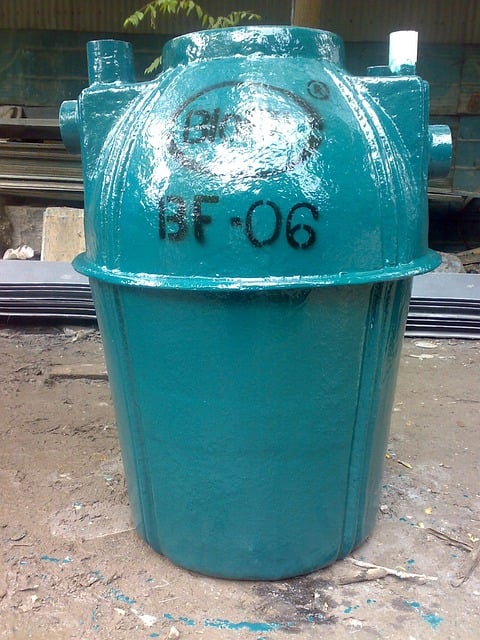Understanding and maintaining your septic system is vital for both efficient operation and environmental protection. This includes regular inspections, timely pumping of the septic tank, and avoiding harmful substances. By preserving the natural bacterial balance, reducing water usage, and opting for eco-friendly enzymes, homeowners can ensure optimal septic performance while safeguarding local water sources. Regular maintenance and thoughtful lifestyle choices are key to effective Septic System Maintenance.
In today’s eco-conscious world, proper septic system maintenance is crucial for both environmental protection and ensuring your home’s plumbing works efficiently. This article guides you through the intricacies of your septic system—its components and how they work together. We’ll explore best practices for regular maintenance to prevent environmental damage and introduce eco-friendly solutions that promote sustainable septic care. By adopting these tips, you’ll contribute to a healthier planet without compromising on convenience.
- Understanding Your Septic System: Components and Their Functionality
- Best Practices for Regular Maintenance to Prevent Environmental Damage
- Eco-Friendly Solutions: Products, Techniques, and Tips for Effective Septic Care
Understanding Your Septic System: Components and Their Functionality

Understanding your septic system is crucial for effective maintenance and environmental protection. A typical septic system comprises several key components, each playing a vital role in the natural process of waste treatment. The septic tank, often the central component, is where organic matter from household wastewater breaks down thanks to beneficial bacteria. This initial step removes solid waste, preventing clogs and allowing effluent to flow further for advanced treatment.
The drainfield, connected to the septic tank, serves as a final filtration stage before groundwater recharge. Here, treated effluent passes through gravel or other porous materials, ensuring any remaining impurities are safely removed and naturally purified by surrounding soil before entering the water table. Regular inspections and maintenance of these components, including pumping out the septic tank at appropriate intervals, are essential for optimal performance and to prevent environmental contamination.
Best Practices for Regular Maintenance to Prevent Environmental Damage

Regular maintenance is key to preserving your septic system and minimizing environmental impact. Schedule annual inspections to assess the overall health of your system and identify potential issues early on. During these visits, professionals can check for any leaks or damage, ensure proper drainage, and evaluate the condition of essential components like pipes, drains, and the septic tank itself. Timely maintenance allows for easy repairs, preventing serious problems that could contaminate local water sources.
Beyond inspections, there are several best practices to follow. Avoid pouring grease, non-biodegradable materials, and toxic chemicals into the system. These substances can disrupt the natural bacterial balance within the septic tank, impairing its ability to break down waste effectively. Additionally, be mindful of your water usage; excessive flushing and high water pressure can strain the system. Implementing these simple measures will contribute to the longevity of your septic system and protect the surrounding environment.
Eco-Friendly Solutions: Products, Techniques, and Tips for Effective Septic Care

Maintaining a septic system doesn’t have to be harmful to the environment. Eco-friendly solutions are available that can keep your system running smoothly while minimizing its impact on nature. When it comes to products, opt for natural enzymes and bacteria that aid in breaking down waste. These biological agents are gentle on the septic tank and effective in digesting organic matter, reducing the need for harsh chemicals.
In terms of techniques, implementing simple lifestyle changes can make a significant difference. For instance, using water efficiently by fixing leaks and installing low-flow fixtures reduces the amount of water entering the system, allowing it to function optimally. Additionally, creating a buffer zone around the septic tank with native plants prevents pollutants from nearby substances like pesticides and fertilizers from entering the tank, promoting a healthier environment for beneficial bacteria to thrive.
Maintaining your septic system responsibly is not only crucial for preventing environmental contamination but also ensures the longevity of this essential infrastructure. By adopting best practices and exploring eco-friendly solutions, homeowners can contribute to a healthier planet while safeguarding their property values. Regular, proper septic system maintenance is a key component in minimizing environmental impact and preserving these vital resources for future generations.
